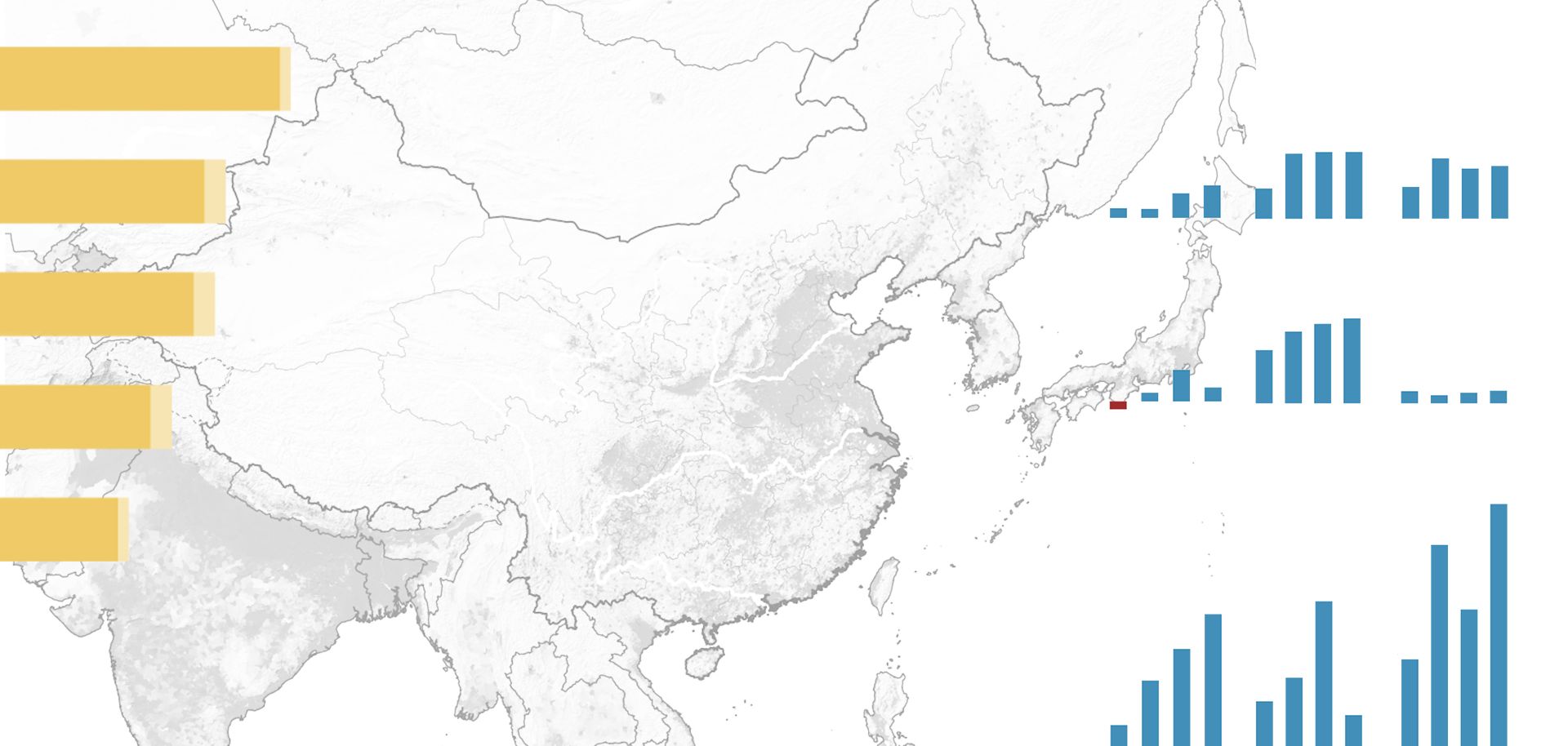
The foundation of modern Gulf Arab power is hydrocarbon wealth. Led by Saudi Arabia, the Gulf states have used energy revenue to overcome the limitations imposed by their desert geography to emerge as a regional power bloc able to compete for hegemony with Turkey and Iran.
The discovery of oil on the Arabian side of the Persian Gulf coincided with the consolidation of tribes and the establishment of the Kingdom of Saudi Arabia in 1932. By the 1950s, Saudi Arabia had started commercial oil sales. Discoveries in neighboring Bahrain, the United Arab Emirates and Kuwait continued through the 1950s. Development of the Gulf economies progressed rapidly following the independence of the emirates from the United Kingdom and because of rising oil output. Kuwait left the protectorate in 1961 and Bahrain, Qatar and the United Arab Emirates gained independence in 1971. Following the sharp rise in global oil prices after the 1973 oil crisis, the Gulf economies experienced some of the highest growth rates in their modern history.
Energy revenue, however, is fickle and the wealth it has created is not guaranteed in perpetuity. Because of this, the Gulf monarchies worked to diversify their economies to become less dependent on energy exports. This has been difficult. Geographic, demographic and political constraints have posed major challenges to these efforts. At the same time, lack of diversification poses long-term threats to Gulf economic and social stability — something that each member government is acutely aware of.
Now the Gulf monarchies face a potential extended downturn in global oil prices coupled with the effects of years of high state spending. This has made them increasingly vocal about adopting changes to domestic policy and adjusting budgets to match the evolving economic realities. Yet, the states within the bloc possess considerable financial reserves relative to the size of their populations and overall economies. In spite of this leeway, the Gulf monarchies will each embark on their own slow, managed reform process in the coming years while their balance sheets reflect a strong economic footing to minimize risks to their carefully cultivated social order and stability.



